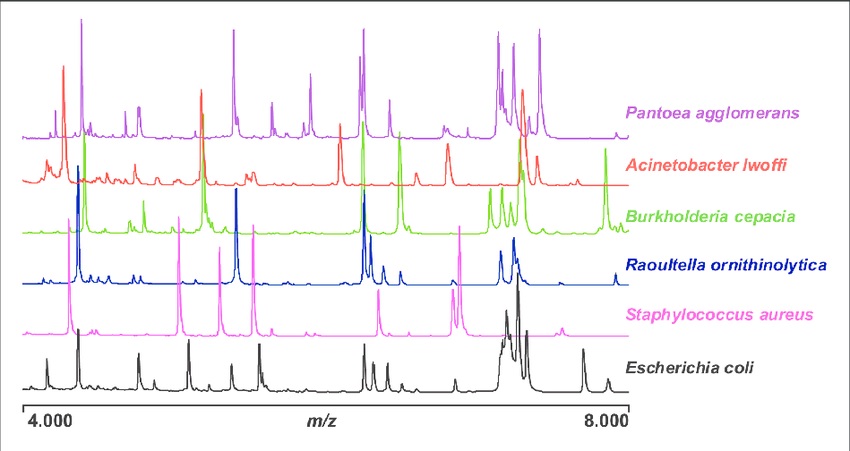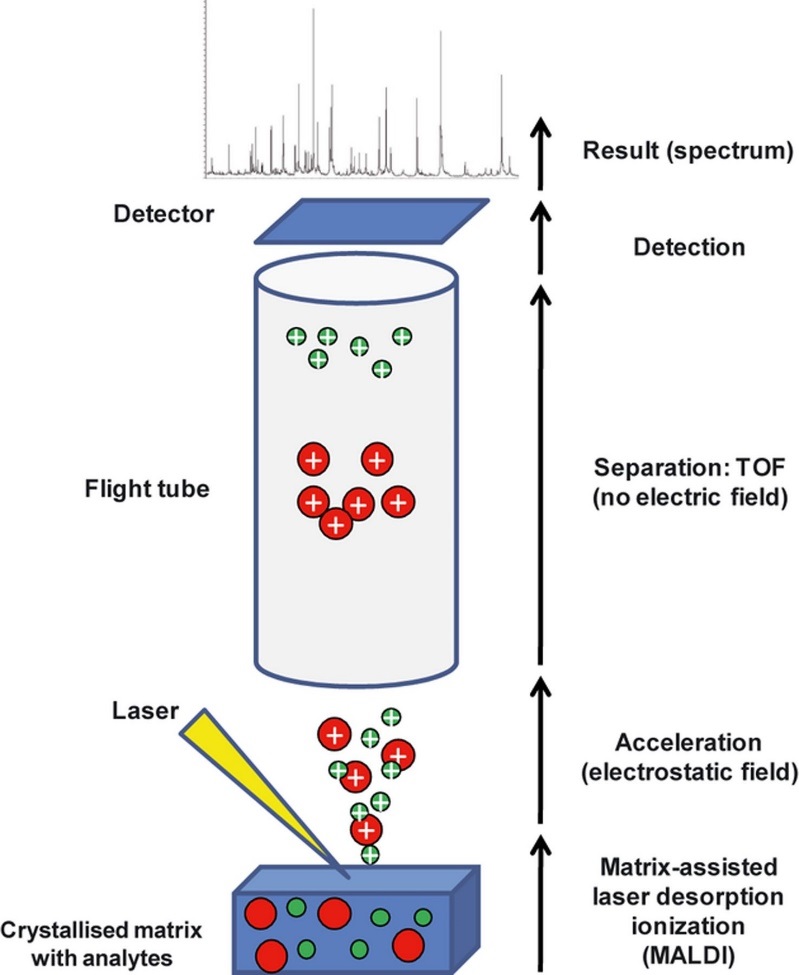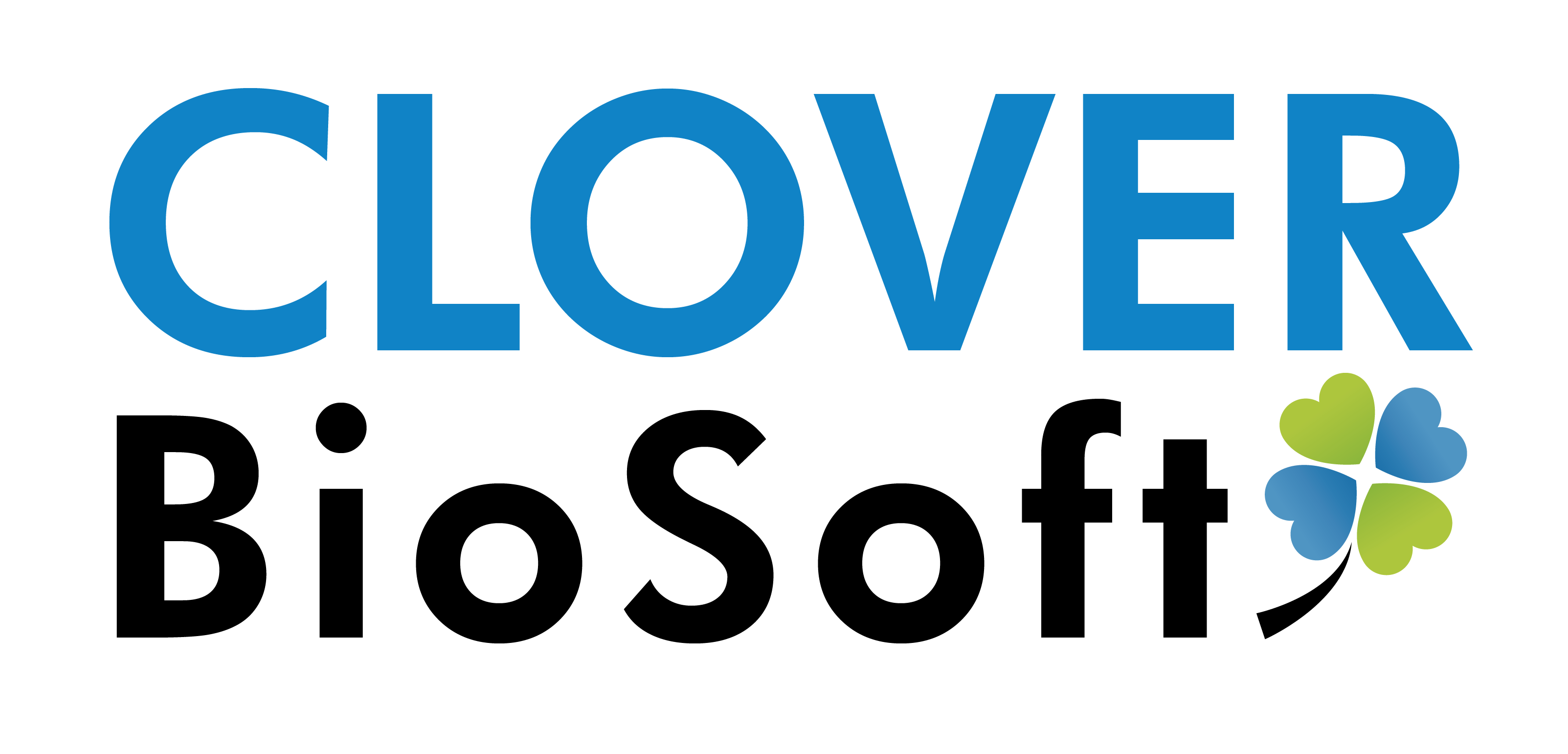Authors: Buyun Qi, Alfonso García Naranjo, Manuel J. Arroyo Pulgar
In our first post ‘World alert: Antimicrobial resistance‘ we discussed about the problem of antimicrobial resistance and the difficulty of fighting these infections, as well as the laborious and time-consuming current methods to identify these microorganisms.
On the other hand, MALDI-TOF MS is a recent technology which is becoming relevant in microbiological and clinical laboratories, as well as hospitals. The development of matrix-assisted laser desorption ionization time-of-flight mass spectrometry (MALDI-TOF MS) devices has made microbial detection experiments simpler, faster, high-throughput, low-cost and highly efficient, optimizing the routine identification of microorganisms in clinical microbiology laboratories. This method has profoundly influenced clinical diagnostics and is progressively replacing the biochemical methods that were conventionally used before.
In this context, digital revolution provided relatively inexpensive and available means to collect and store data. Thereby, with the right data analysis, implementation of MALDI-TOF mass spectrometry, as well as exponential growth of databases, enable clinical laboratories a very rapid microbial identification at low cost. These advances have been decisive to reach to successful medical diagnosis for the early treatment of patients [1].
Traditional bacterial identification from cultures is complex, requiring observation of colony growth, classification by staining, and biomedical testing by manual or semi-automated methods. Less than 10% of bacteria causing infections are identified by conventional methods by 24 hours after growth is observed. Less than 90% of bacteria can be identified correctly to species level by conventional methods. The accuracy of MALDI-TOF identification is 98.3% and can be performed from a single bacterial colony, the same day culture growth is observed [2].

Different proteins profiles of various kind of bacteria by MALDI-TOF MS [3]
Finally, MALDI-TOF technology has made great contributions in today’s clinical medicine, drug testing and bacterial identification, modifying the shortcomings of previous microbial identification methods and improving its own deficiencies over time.

Technical description of MALDI-TOF MS [4]
In next posts we will discuss about the different methods of bacterial identification using MALDI-TOF MS. In addition, if you want to know more about MALDI-TOF MS basis, you can check this nice review [4] that explains all the science behind this recent technology.
REFERENCES:
[1] ACTTiVAte | Bioanalytical software to battle against bacterial diseases http://acttivate.eu/2019/bioanalytical-software-to-battle-against-bacterial-diseases
[2] ClinLab Navigator | Why every hospital microbiology laboratory should buy a MALDI-TOF http://www.clinlabnavigator.com/maldi-tof.html
[3] Patricia García et al. Bacterial identification based on protein mass spectrometry: A new insight at the microbiology of the 21st century | Rev. chil. infectol. vol. 29 no. 3 Santiago, June 2012
[4] Antony Croxatto et al. Applications of MALDI-TOF mass spectrometry in clinical diagnostic microbiology | FEMS Microbiology Reviews, Volume 36, Issue 2, Pages 380-407, March 2012
